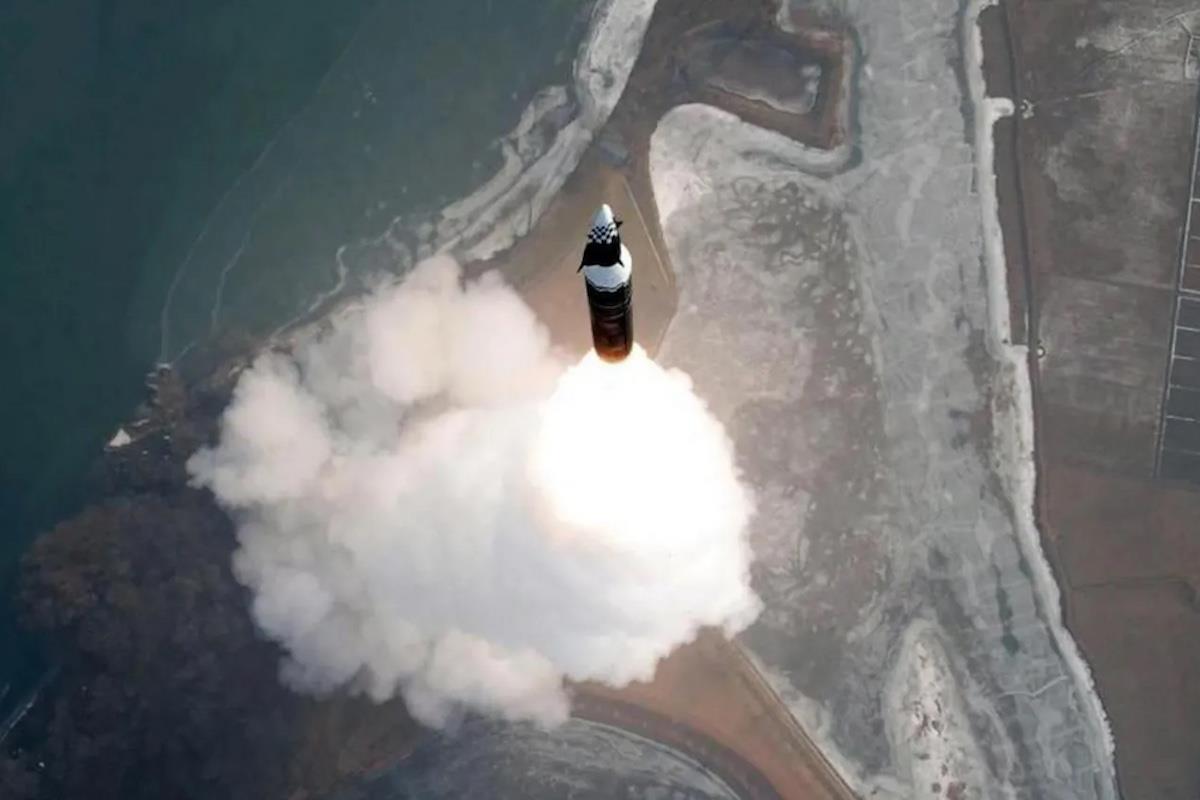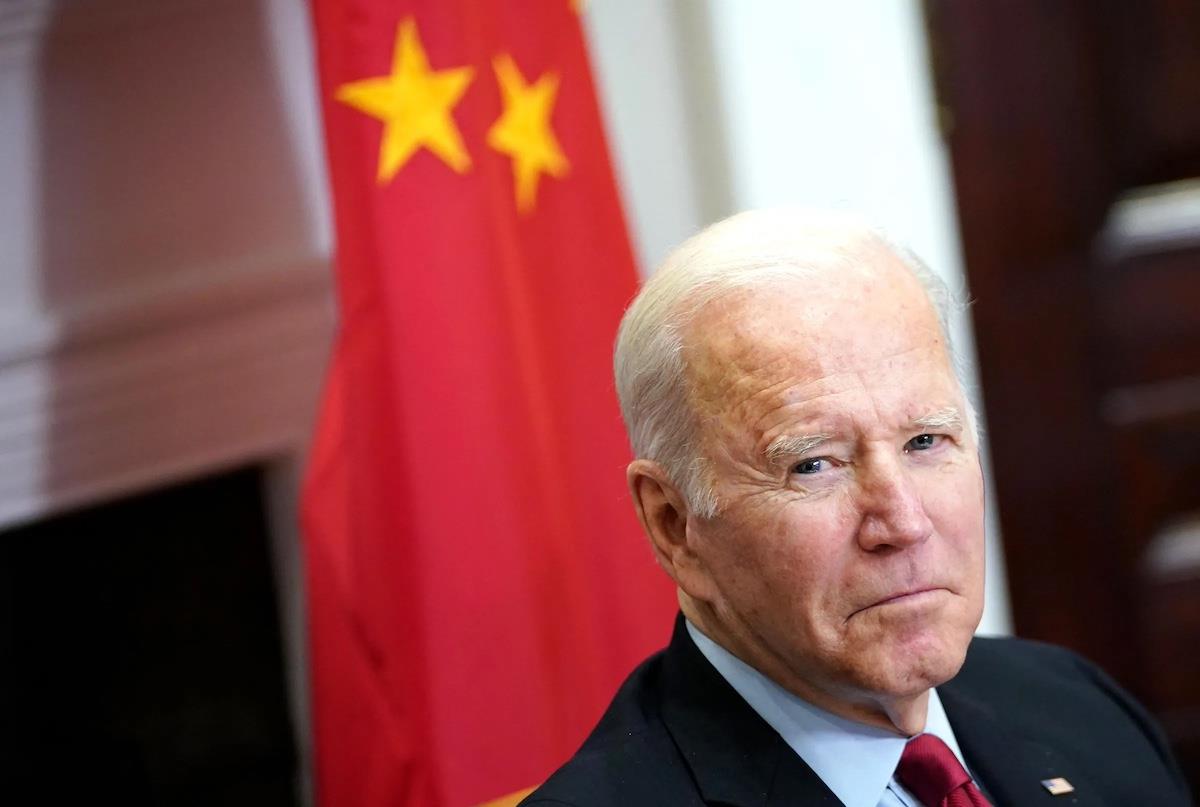
S Korea Must Respond To N Korea's Hypersonic Threat
This military advancement is widely seen as the result of Pyongyang's increasingly strategic partnership with Russia-a relationship forged through a high-stakes quid pro quo.
In return for North Korea's critical military support to Russia's war effort in Ukraine, Moscow is reportedly supplying Pyongyang with advanced weapons technology, giving North Korea the tools it needs to fast-track its missile modernization program.
The repercussions of this partnership extend far beyond the Korean Peninsula. By acquiring advanced missile technologies, including hypersonic weapons , North Korea is dramatically enhancing its strike capabilities, posing a direct and immediate threat to South Korea, Japan, and US forces in the region.
The destabilizing effect of this military alignment risks unraveling decades of efforts to maintain regional stability, leaving neighboring powers scrambling to adjust to the shifting balance of power.
South Korea's defense policymakers must urgently address the growing military capabilities of North Korea. Failure to act decisively risks dragging South Korea into a new era of heightened geopolitical instability, where rogue regimes, emboldened by shared interests, pose an escalating threat to regional security and sovereignty.
Conventional postureSince the Korean War armistice in 1953, South Korea's defense posture has prioritized maintaining air dominance across the Korean Peninsula. Central to this strategy has been the continuous acquisition of advanced aircraft, the construction of strategic airbases and unwavering allied support.
This approach has enabled South Korea to operate cutting-edge fighter jets, such as the F-35 stealth fighters, giving it a decisive technological advantage over North Korea's outdated air force. Key airbases like Osan, Kunsan, and Daegu serve as pivotal hubs for projecting airpower .
The United States has played a critical role in enhancing South Korea's air capabilities through joint operations, intelligence sharing, and the provision of advanced weaponry.
This air dominance strategy has been effective in deterring North Korean aggression and ensuring rapid response capabilities. However, the rise of hypersonic missile threats has exposed critical vulnerabilities, necessitating urgent adjustments to South Korea's defense framework.
Hypersonic missiles, with their unmatched speed, maneuverability and precision, pose a game-changing challenge that can quickly destabilize the balance of power.
These missiles travel at speeds exceeding Mach 5, drastically reducing detection and interception times. Their unpredictable flight paths make them extremely difficult to track, while their ability to evade radar and missile defenses renders existing air defense networks insufficient.
Given the proximity of North Korea, hypersonic missiles can strike any location in South Korea within a few minutes, leaving minimal time for countermeasures.
This capability directly threatens South Korea's airbases, which, due to their limited number, are highly vulnerable to saturation attacks. A successful strike on these critical facilities would cripple South Korea's air force, undermining its core defense strategy.
North Korea's successful hypersonic missile tests signal a significant shift in its military doctrine, emphasizing asymmetric capabilities to neutralize South Korea's technological edge.
While South Korea's defense focus has largely centered on countering North Korea's nuclear arsenal , hypersonic missiles now present a more immediate and practical threat.
Unlike nuclear weapons, which serve primarily as deterrents due to their catastrophic consequences, hypersonic missiles are far more likely to be deployed in a conflict.

Legal Disclaimer:
MENAFN provides the information “as is” without warranty of any kind. We do not accept any responsibility or liability for the accuracy, content, images, videos, licenses, completeness, legality, or reliability of the information contained in this article. If you have any complaints or copyright issues related to this article, kindly contact the provider above.


























Comments
No comment